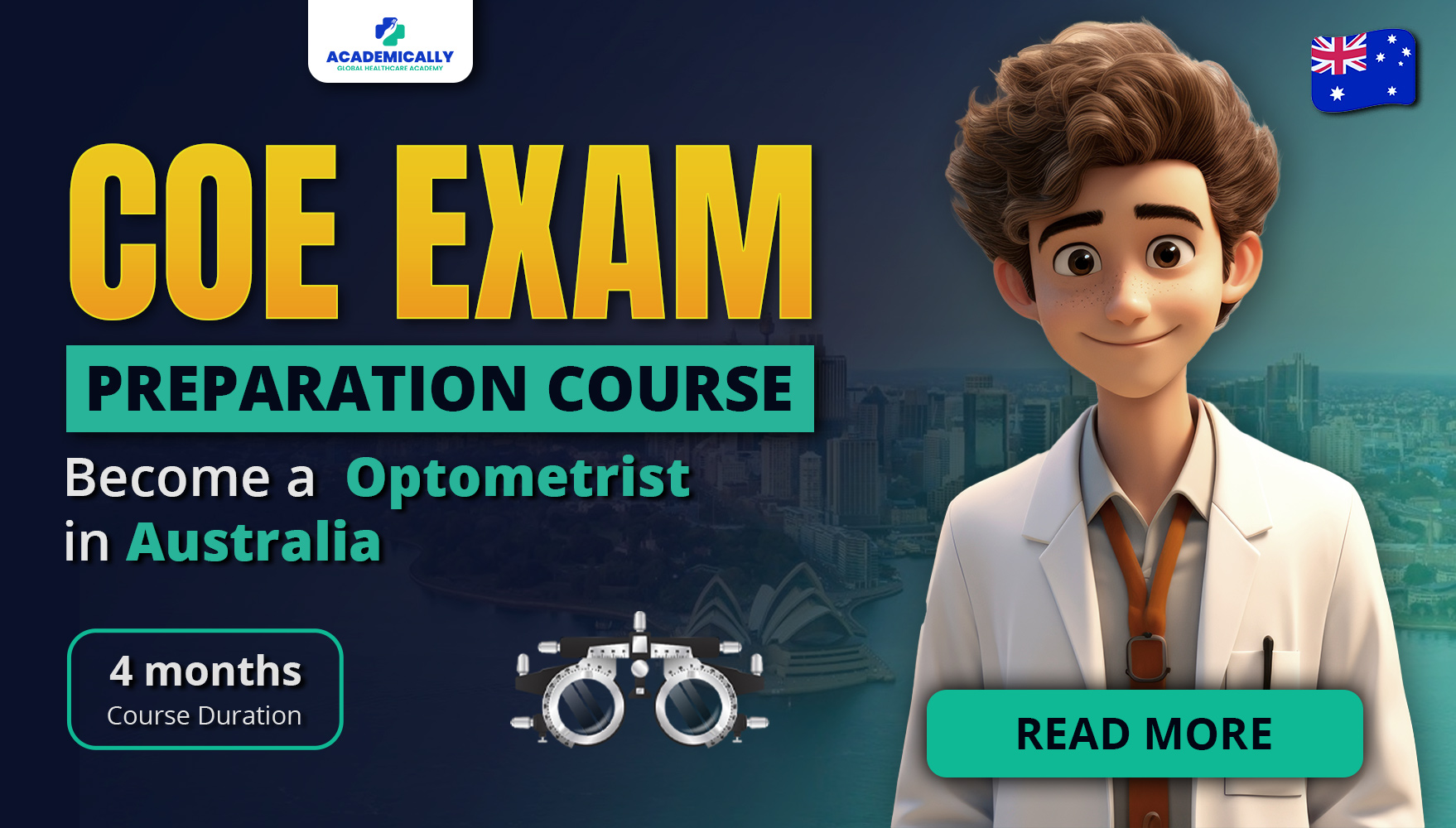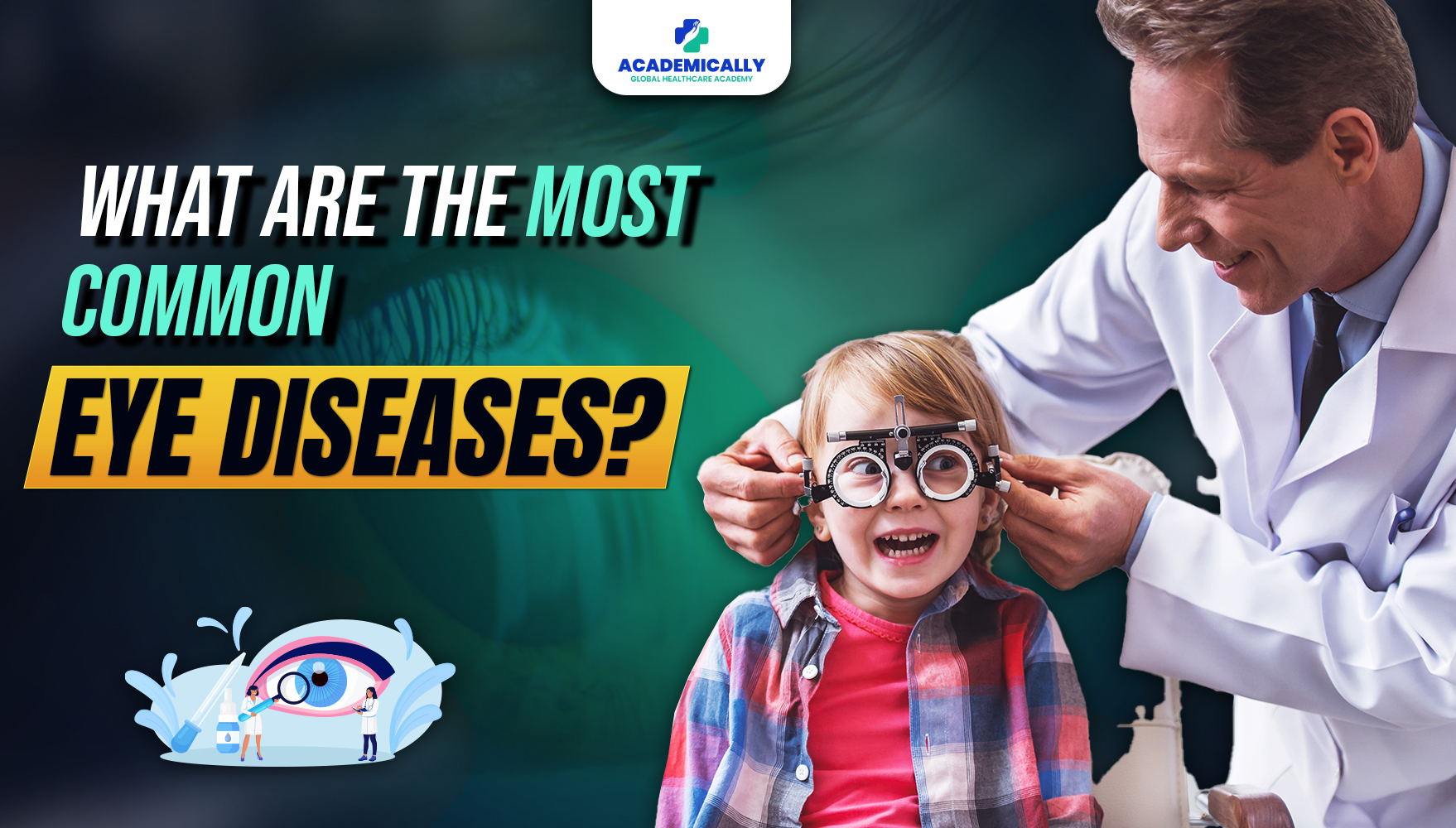
Understanding Common Eye Conditions
When it comes to eye conditions, it is of utmost importance to have a comprehensive understanding of the common issues that can potentially affect our vision. These conditions, namely myopia (nearsightedness), hyperopia (farsightedness), astigmatism, and presbyopia, are widely prevalent and have the potential to impact our daily lives significantly.
Therefore, it becomes imperative to prioritise regular eye check-ups and early detection of these conditions to maintain optimal eye health and effectively address any vision-related concerns that may arise. By thoroughly understanding these common eye conditions and seeking professional guidance, individuals can take proactive measures to manage and improve their overall eye health, thus ensuring a better quality of life.
4 Most Common Eye Diseases
In addition to these common eye conditions, it is essential to be aware of the four major eye diseases that significantly impact vision: cataracts, glaucoma, age-related macular degeneration (AMD), and diabetic retinopathy. These diseases can cause vision loss and have various causes, including factors like genetics, age, and underlying health conditions.
Treatment options for these eye diseases range from medications and lifestyle modifications to advanced therapies and surgical interventions. By understanding the causes and available treatments for these significant eye diseases, individuals can take proactive steps to preserve their vision and maintain optimal eye health.
Cataracts
Cataracts are characterised by the clouding of the eye's natural lens, leading to blurry vision and eventual blindness if left untreated. The primary causes of cataracts include:
- Aging
- Diabetes
- Prolonged exposure to ultraviolet (UV) radiation
- Smoking
- Eye injuries
Treatment
The most effective treatment for cataracts is the surgical removal of the cloudy lens, followed by the implantation of an artificial lens. This procedure, known as cataract surgery, is safe and has a high success rate in restoring clear vision.
Glaucoma
Glaucoma is a group of eye conditions that damage the optic nerve, often due to elevated intraocular pressure (IOP). The causes of glaucoma involve:
- Increased fluid pressure inside the eye
- Family history of glaucoma
- Age-related factors
- Ethnicity (African-American, Hispanic descent)
Treatment
Treatment for glaucoma aims to reduce IOP to prevent further damage. This can be achieved through medications, laser therapy, or conventional surgery to improve the eye's fluid drainage.
Age-Related Macular Degeneration (AMD)
AMD is a leading cause of vision loss in people over 50. The exact cause of AMD is not fully understood, but certain risk factors include:
- Aging
- Genetics
- Smoking
- Obesity
- Cardiovascular disease
Treatment
Treatment for AMD depends on the type and severity of the condition. It ranges from the use of specific vitamins and minerals to slow the progression of AMD to advanced therapies such as anti-VEGF injections or photodynamic therapy.
Diabetic Retinopathy
Diabetic retinopathy is a diabetes complication that affects the eyes and is caused by damage to the blood vessels of the retina. The causes of diabetic retinopathy include:
- Poorly controlled blood sugar levels
- High blood pressure
- High cholesterol
- Diabetes duration
Treatment
Managing diabetic retinopathy involves controlling blood sugar, blood pressure, and cholesterol levels. In advanced stages, laser therapy or vitrectomy may be necessary to prevent further vision loss.
Impact of Vision Loss
Vision loss can also have significant implications for public health and the economy. The CDC emphasises that blindness and vision impairment can lead to increased healthcare costs, reduced productivity, and decreased quality of life for those affected.
Furthermore, the impact of vision loss extends beyond the individual, affecting their families, caregivers, and communities. Addressing eye health and promoting early detection and treatment of eye diseases are crucial steps in mitigating the impact of vision loss and preventing blindness.
The effect of vision loss is far-reaching, affecting individuals, society, and the economy. Raising awareness about eye diseases, promoting regular eye examinations, and advocating for access to vision care can reduce the burden of vision impairment and improve the overall well-being of those affected by vision disorders.
Prevention of Common Eye Conditions
Floaters
Regular Eye Exams: Schedule regular eye exams to monitor for changes in the vitreous humour or retina.
Protective Eyewear: Use protective eyewear to prevent eye injuries that can lead to floaters.
Retinitis Pigmentosa
Genetic Counseling: If there's a family history of retinitis pigmentosa, consider genetic counselling before planning a family.
Retinal Detachment
Regular Eye Exams: Early detection through regular eye exams can help prevent retinal detachment.
Manage Risk Factors: Control high blood pressure and diabetes, risk factors for retinal detachment.
Colour Blindness
Genetic Counseling: For inherited colour blindness, consider genetic counselling before planning a family.
Nearsightedness and Hyperopia
Eye Health Habits: Encourage outdoor activities and limit screen time, especially for children, to reduce the risk of developing nearsightedness.
Regular Eye Exams: Early detection and corrective lenses can help manage nearsightedness and hyperopia.
Refractive Errors
Regular Eye Exams: Correction through prescription glasses, contact lenses, or refractive surgery can help contain refractive errors.
Strabismus
Early Detection and Treatment: Early diagnosis and treatment, often through eye exercises or surgery, can help manage strabismus.
Eye Health Habits: Encourage activities that promote binocular vision and eye coordination in children.
By following these preventive measures, individuals can reduce the risk of developing common eye conditions and maintain good eye health.
The prevention and management of these common eye diseases involve regular eye examinations, lifestyle modifications, and prompt medical intervention. Understanding the causes and available treatments for cataracts, glaucoma, AMD, and diabetic retinopathy is vital in preserving and protecting one's vision. Early detection and appropriate treatment can significantly improve outcomes and quality of life for individuals affected by these conditions.
Fill up this form for a free one on one counselling session.



